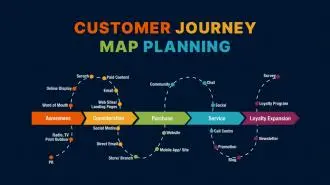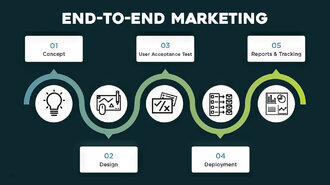Summary
Improving the customer journey using user feedback involves collecting, analysing and acting on data to enhance user experience and satisfaction. The article outlines methods like surveys, interviews, user reviews and social media monitoring to gather insights into customer preferences and pinpoint pain points. It highlights usability testing—moderated, unmoderated, remote or in-person—as essential for identifying issues in product design. Analysing feedback through metrics like NPS, CSAT and CES, sentiment analysis and data visualisation helps reveal trends. SEO plays a key role by improving site structure, mobile optimisation and keyword targeting, aligning user experience with search engine performance to attract more users and increase conversions.
Let’s investigate the significance of user feedback in creating an exceptional customer experience in today’s competitive business space. It delves into the importance of gathering and analysing customer feedback to gain valuable insights into customer preferences and improve your product or service offerings. We explore how to identify problem areas needing improvement and how to enhance customer loyalty through active response to user feedback.
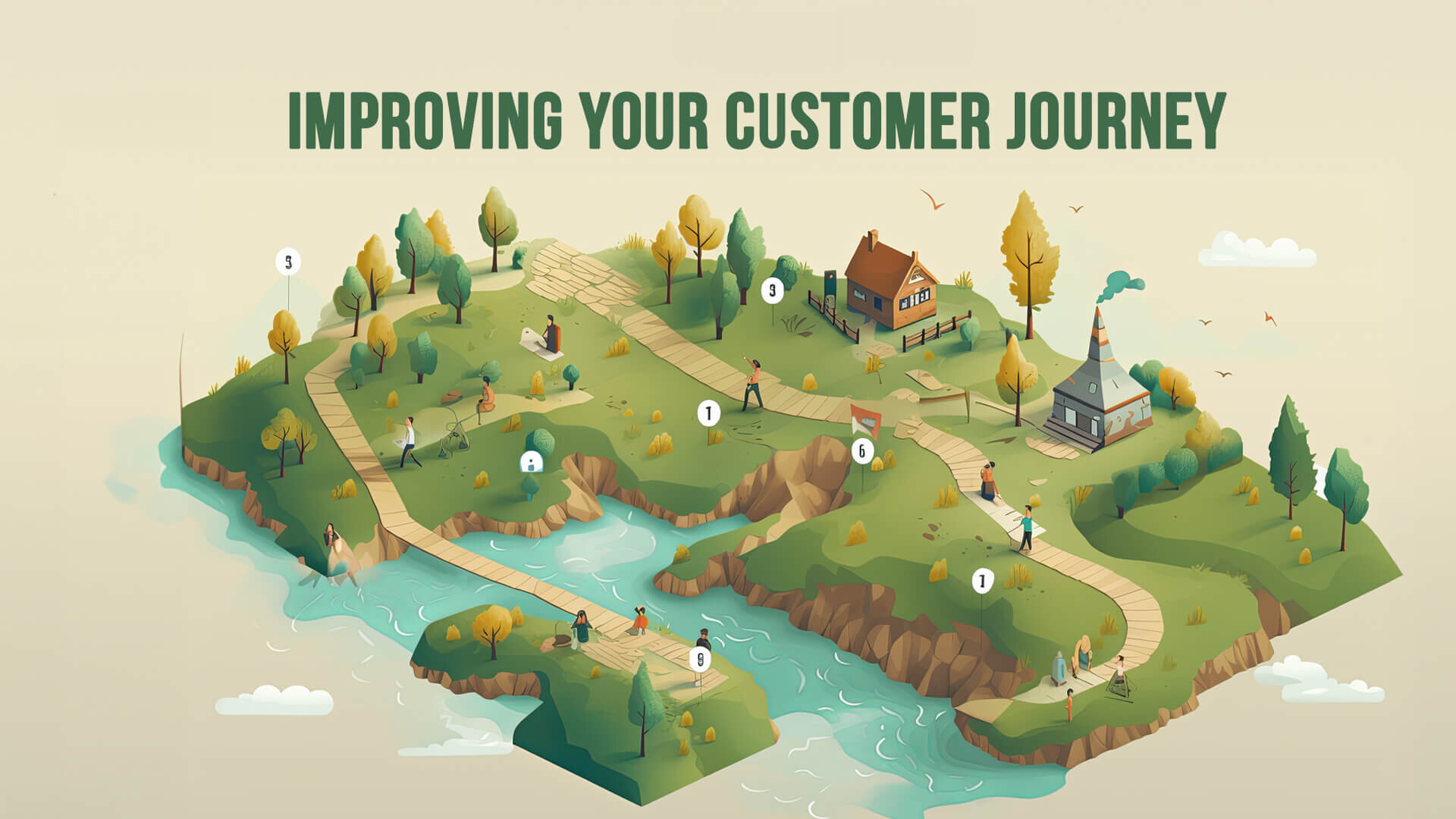
Additional focus is given to the role of usability testing in product development and the different methods to collect user feedback. The article takes a deep dive into the analysis of user data, discussing key metrics to track and techniques to identify trends in user feedback.
This article also dives deep into how SEO plays a vital role in improving the customer journey, focusing on building a strong online presence and drawing in potential clients. It highlights why keeping an eye on your SEO performance is crucial for your website’s success. You’ll get a full rundown of using user feedback and clever SEO tactics to boost customer experiences.
Want to receive updates? Sign up to our newsletter
Each time a new blog is posted, you’ll receive a notification, it’s really that simple.
The Importance of User Feedback in the Customer Journey
Obtaining constructive feedback from your users is a highly effective way of understanding their overall experience. By actively collecting and analysing your customers’ interactions with products and services, you can extract valuable insights into their preferences and design an immersive journey to speak to them.
Understanding the Value of Customer Insights
Collecting and analysing user feedback provides helpful information about customers’ expectations. This data lets you personalise your offerings, identify opportunities, improve marketing and communication strategies, and make better business decisions.
Analysing user feedback can also help you spot emerging trends, ensuring that you stay ahead of the competition while helping you refine your messaging to reach the right audience with the most compelling content.
Identify Pain Points and Areas of Improvement
Knowing where your products or services could be improved is critical to providing an exceptional customer experience. By actively seeking and analysing customer feedback, you can:
- Identify pain points: Feedback from customers can highlight issues they face during their experience, including trouble browsing your website, extended waiting periods for support, and complications with product delivery.
- Measure the effectiveness of your solutions: User feedback can be used to measure how effective your solutions are after you have made changes to address pain points.
- Discover areas for innovation: By collecting feedback from users, you can identify their unfulfilled needs or wants, which your business can try to meet by offering new products or services.
- Enhance customer loyalty: When you actively seek and respond to feedback from your users, you show that you appreciate their opinions and are dedicated to fulfilling their requirements.
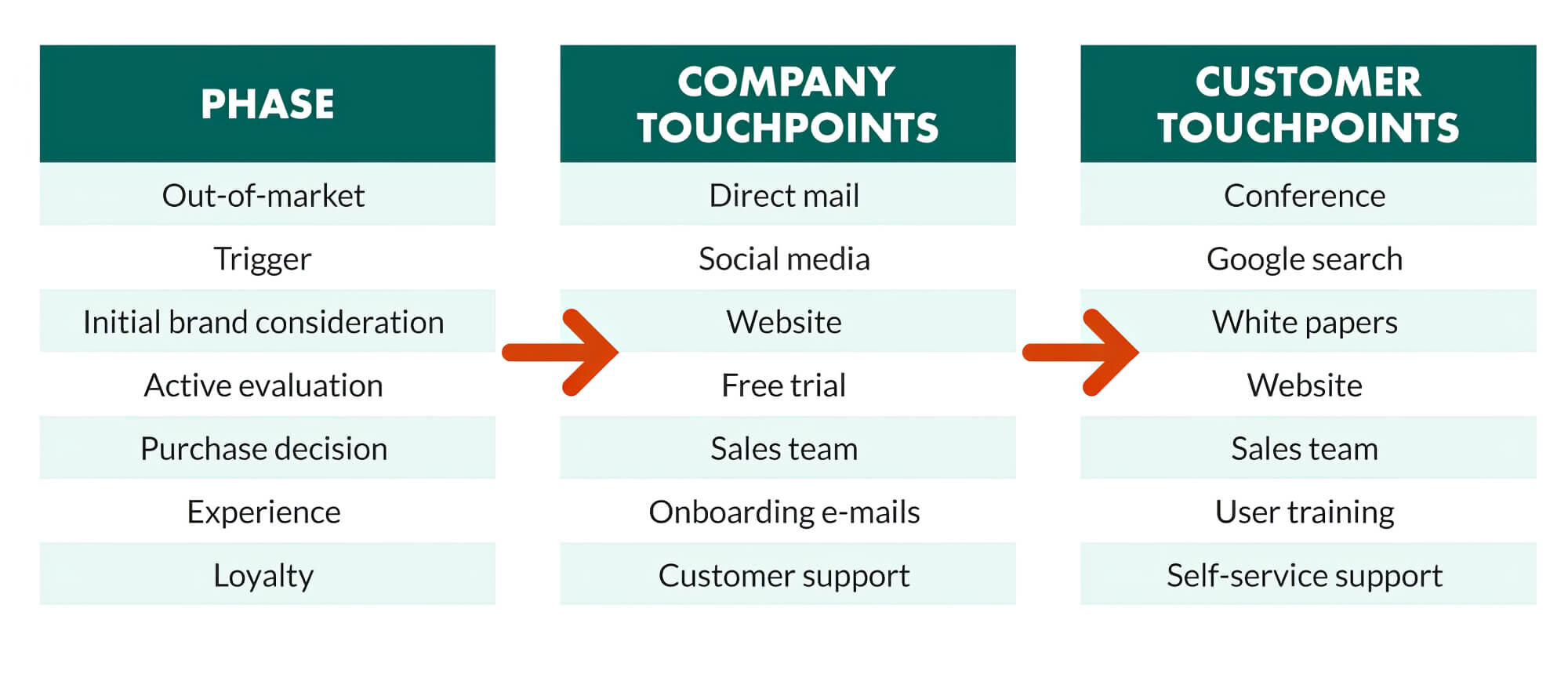
Conducting Usability Testing
Usability testing is a crucial aspect of product development, providing insights into how users interact with a product and allowing designers to identify potential issues and make improvements.
Usability testing allows you to catch issues early, boost user satisfaction, increase conversion rates, and cut down on support costs. By understanding user interactions and resolving any problems, businesses can craft a more enjoyable customer experience.
There are several types of usability tests available. These include:
- Moderated;
- Unmoderated;
- Remote;
- And in-person tests.
User experience evaluation involves two main types of tests: moderated and unmoderated. In moderated tests, a guide helps users as they complete tasks. On the other hand, unmoderated tests have users working independently. These tests can be conducted either remotely, allowing us to reach users from various locations, or in-person, offering direct interaction between the tester and the user.
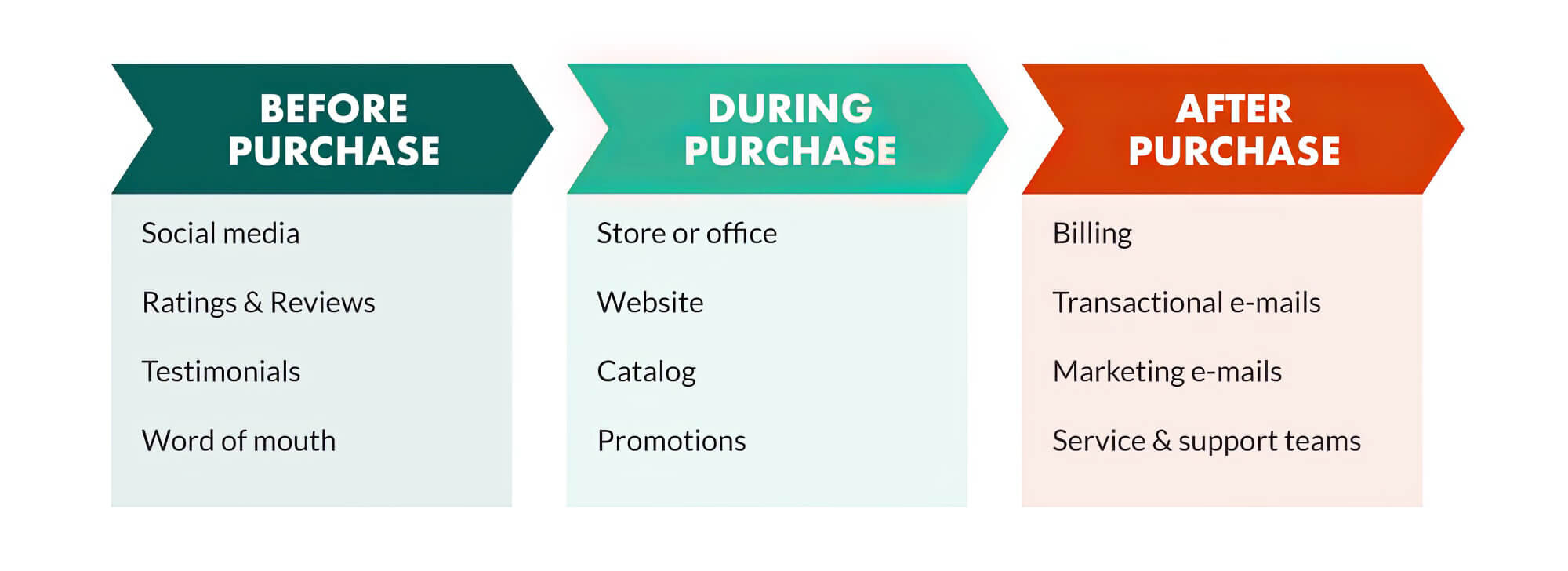
For usability testing to be effective, it’s crucial to set clear goals and choose participants who reflect your target audience. Tasks need to be practical, and open communication is key. It’s equally important to document and assess your findings. Building a strong rapport with participants fosters an environment where they feel comfortable sharing honest feedback, which is invaluable for gaining useful insights.
Collecting User Feedback
Feedback from customers and users is essential for building a successful product. Asking users for their opinion helps you improve the user experience and sends the message that their feedback is valued.
There are multiple ways to collect user experience feedback. Some of these include:
- Surveys: To collect feedback from many customers, surveys can be sent through various channels like email, website pop-ups, or in-app prompts. Surveys can be created to obtain quantitative data, like satisfaction ratings, or qualitative data, such as open-ended questions.
- Interviews: Performing individual interviews with customers can offer extensive knowledge of their viewpoints and experiences. These interviews can be conducted face-to-face, on the phone, or via video call. They can reveal significant details that may not be discovered through alternative methods of gathering feedback.
- Customer reviews: Encouraging customers to leave reviews and then checking and evaluating feedback on Google, Yelp, and Trustpilot can help you improve your products or services. This way, you can spot patterns, identify where to improve and find chances to communicate with customers.
- Social media monitoring: Using social listening tools to monitor social media mentions of your brand can help you understand customer sentiment and receive valuable feedback about your products or services. This lets you easily identify trends and address customer concerns by tracking and analysing conversations on different platforms.
To decide on the best feedback collection method for your business, it’s essential to consider several factors.
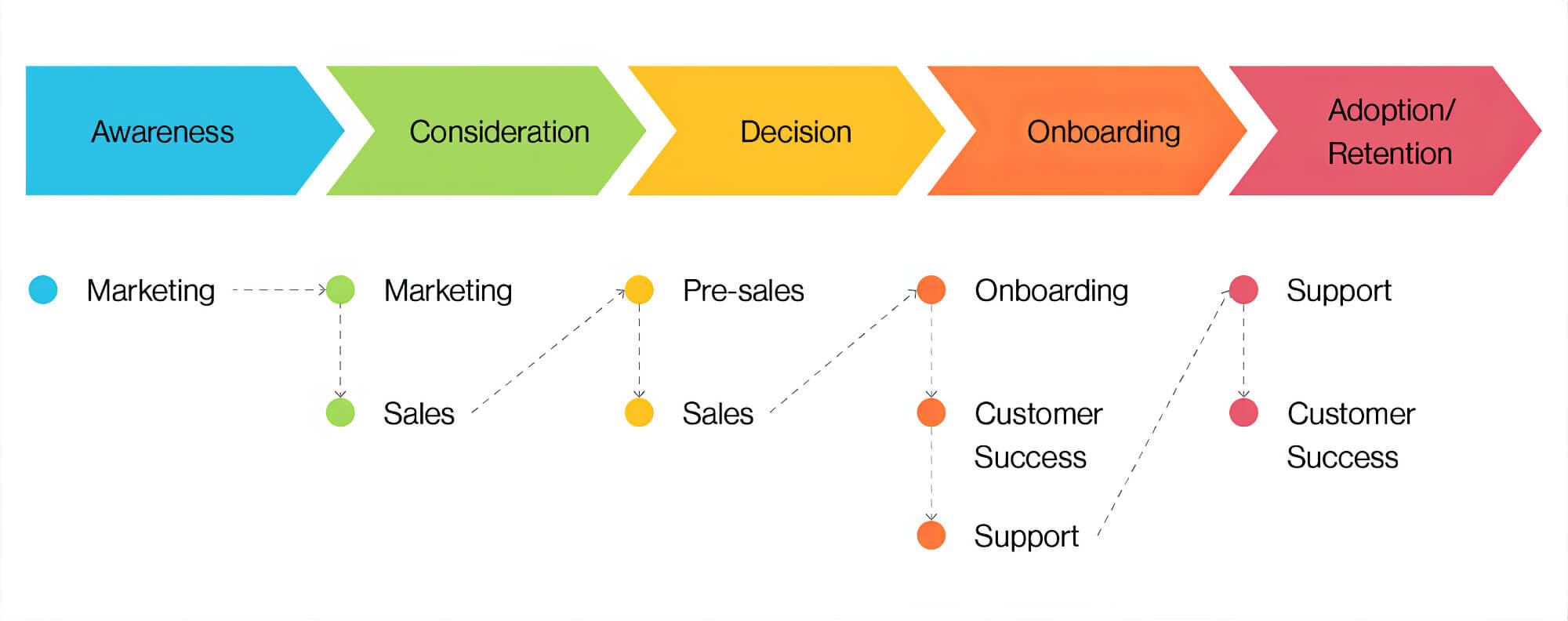
First, identify the main goals of your feedback collection efforts. For example, are you seeking general insights about customer satisfaction or specific information about a particular product or service? Different methods may be more suitable depending on your objectives.
Next, consider your customers’ demographics and preferences when choosing a feedback collection method. For example, younger customers may be more likely to provide feedback through social media, while older customers may prefer email surveys.
Lastly, assess the time, budget, and personnel available for feedback collection. Some methods, like surveys, can be more time-consuming and resource-intensive than others. You can choose the most effective feedback collection method by considering these factors.
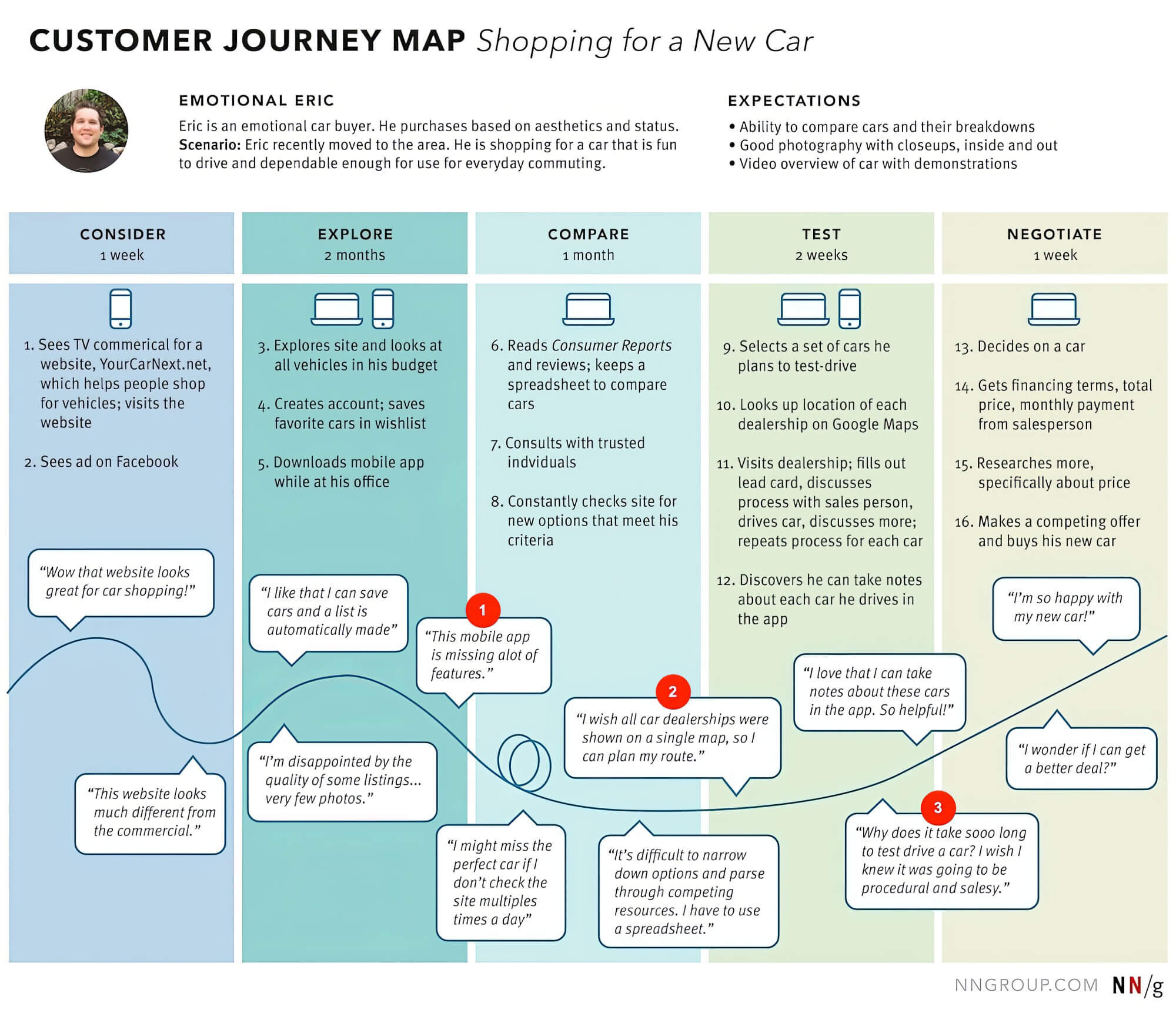
Analysing User Data
After gathering user feedback, it’s vital to analyse the data to extract valuable insights. This process not only helps pinpoint areas for improvement but also unveils opportunities for growth.
Key Metrics to Track When Analysing User Feedback
Businesses can better understand user feedback by monitoring key metrics that provide insights into customer satisfaction. Here are some ways to achieve this:
- Net Promoter Score (NPS): The NPS is a way of measuring how likely it is that customers will recommend your product or service to others.
- Customer Satisfaction Score (CSAT): The CSAT metric gauges the level of satisfaction customers have.
- Customer Effort Score (CES): The CES measures how easily customers use your product or service to achieve what they want.
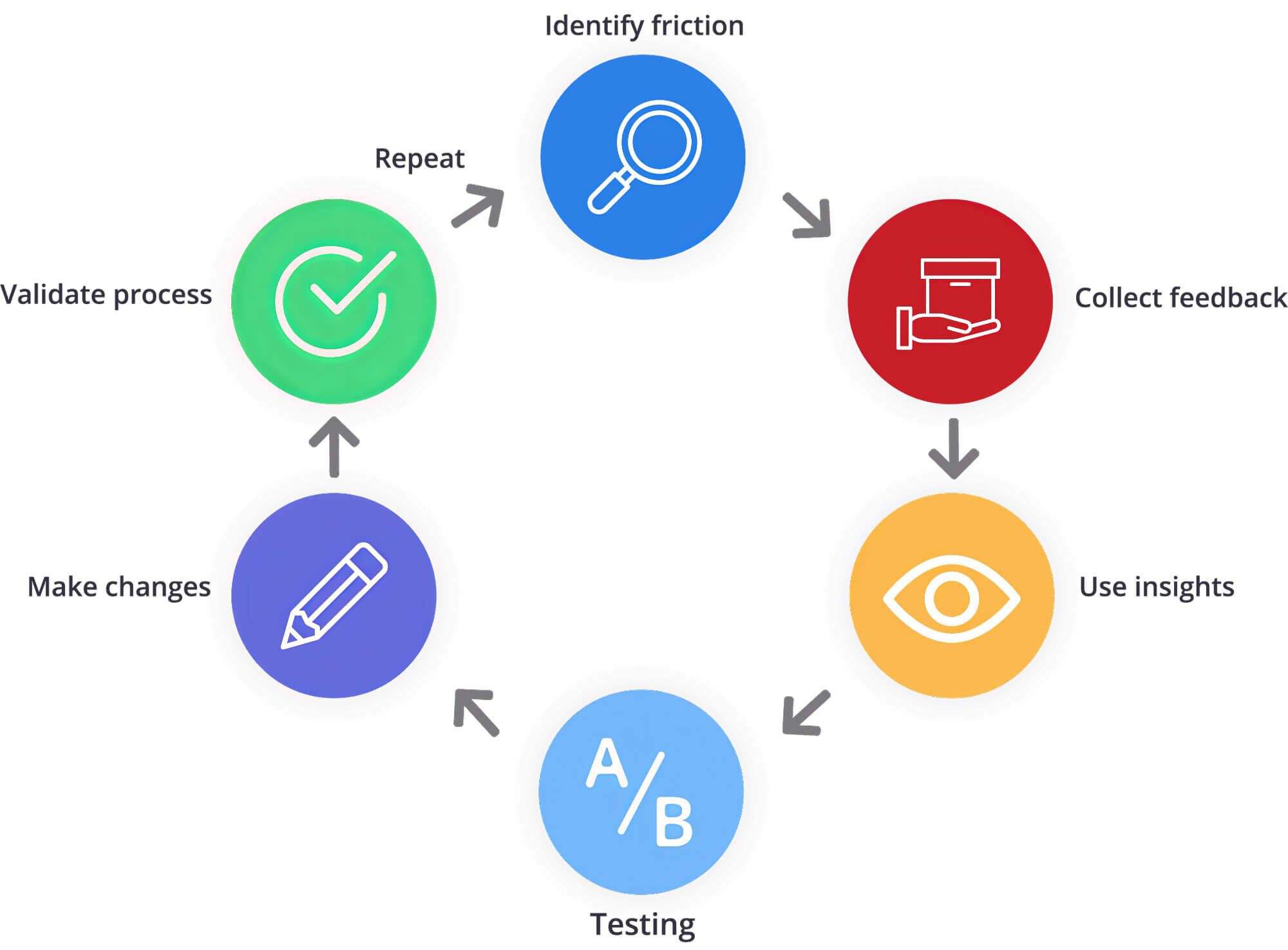
Techniques for Identifying Patterns and Trends in User Feedback Data
Analysing user feedback data can be challenging due to the sheer volume of information available. However, there are several techniques businesses can employ to identify patterns and trends in this data.
One technique uses text analytics tools to analyse open-ended feedback and identify common themes or issues. This approach helps uncover patterns that need to be apparent through quantitative analysis alone. Businesses can improve their product or service offerings by identifying and addressing specific issues mentioned frequently in customer feedback.
Another technique for identifying patterns in user feedback data is sentiment analysis. Sentiment analysis involves using natural language processing techniques to determine the sentiment behind customer feedback. This assists businesses in comprehending the emotions behind customer feedback and pinpointing areas that need improvement.
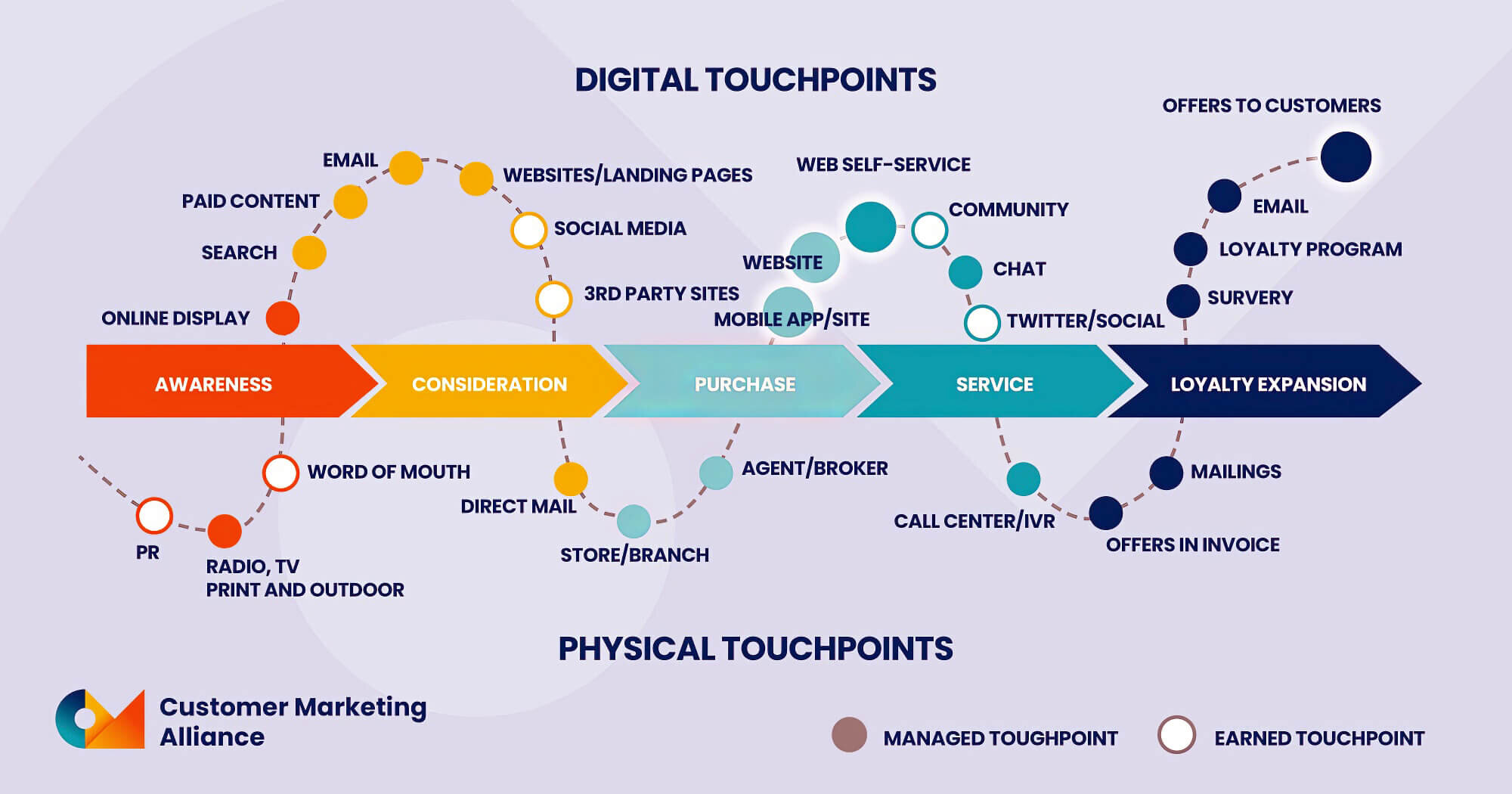
Using data visualisation tools can also help when simplifying information collection and understanding its meaning. Visualising user feedback data through charts and graphs can make identifying trends and making sense of large volumes of data more accessible. Businesses can use various visualisations, such as bar charts, line charts, and heatmaps, to effectively represent their data.
The Role of Qualitative and Quantitative Data Analysis
To comprehend customer behaviour and preferences, businesses need a methodical and effective approach that relies on data and insights. This is when qualitative and quantitative analysis becomes crucial.
Qualitative analysis involves examining data that is not numerical, like customer feedback expressed through words. This examination allows businesses to understand the opinions and emotions of their customers, providing helpful information for identifying and addressing areas that could be improved.
In contrast, quantitative analysis involves using numerical data to keep track of performance indicators and evaluate the impact of any modifications made. Companies can make well-informed choices about enhancing customer satisfaction by relying on this data-driven method.
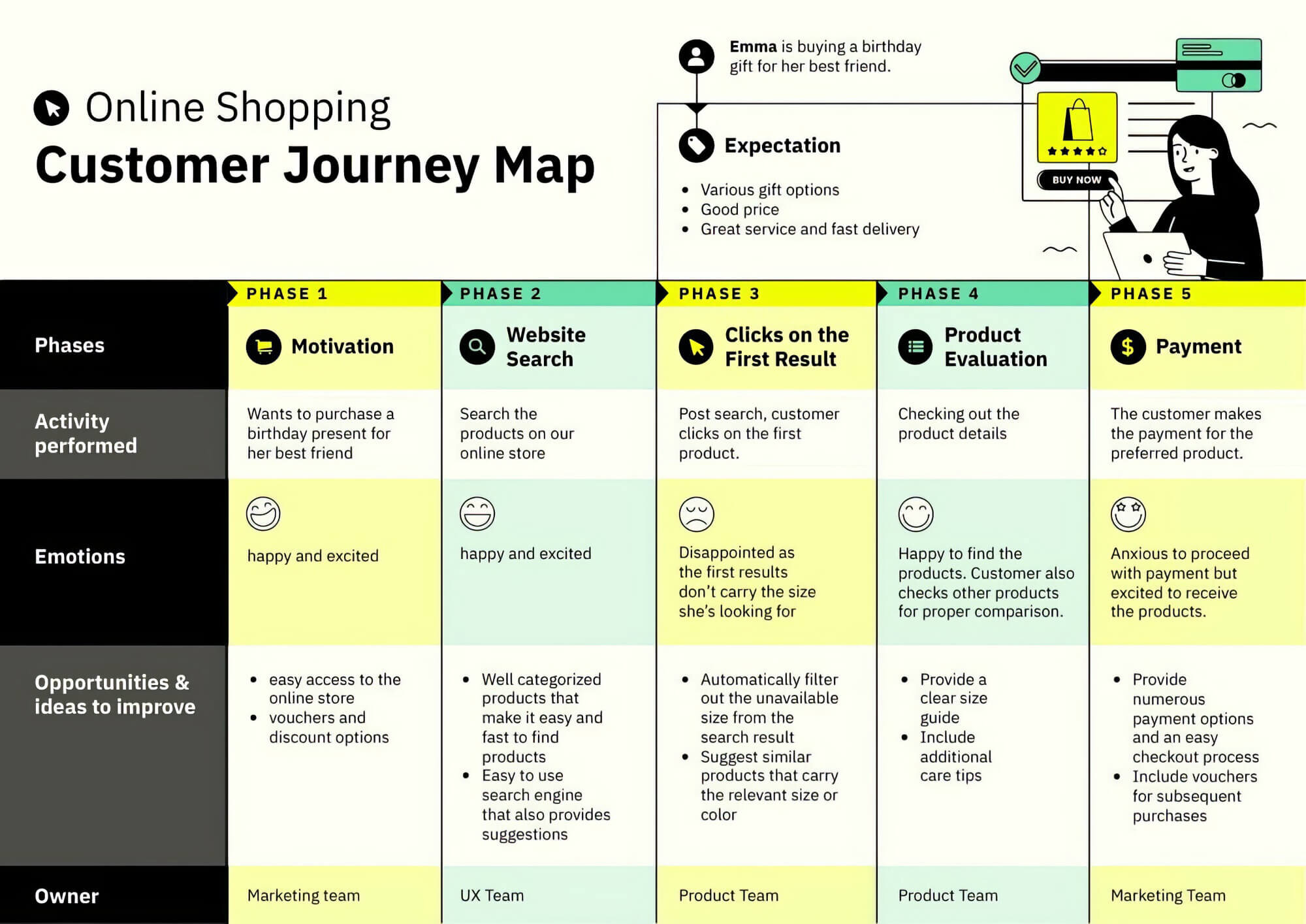
The Importance of SEO in the Customer Journey
Collecting and analysing data is an important part of improving your UX design at all levels to better connect with your users. However, how you use the data insights gained from your data analysis projects is an important component of creating long-term improvements in your customer journey — this is where the power of SEO comes in.
A strong online presence is critical for business success, and optimising your website for search engines is vital to achieving this. By taking the information you learn from your customers and applying it to site improvements and targeted web copy, you’ll speak to your audience and search engines.
1. Why Optimising Your Website for Search Engines is Crucial
Providing your website visitors with a positive browsing and interactive experience can significantly impact their engagement and decision-making process. A user-friendly website interface and content that is timely and informative will not only attract new visitors but also increase customer retention rates.
Furthermore, creating a website that loads quickly and caters to mobile device users will lead to improved search engine rankings and contribute to the overall satisfaction and success of your customer’s journey.
2. The Relationship Between SEO and User Experience (UX)
The synergy between SEO and UX is undeniable, as both aim to deliver optimal user satisfaction. Effective UX design simplifies navigation, enhances aesthetics, and presents users with pertinent information. Cohesive SEO and UX optimisation patterns create an uninterrupted and enjoyable customer journey.
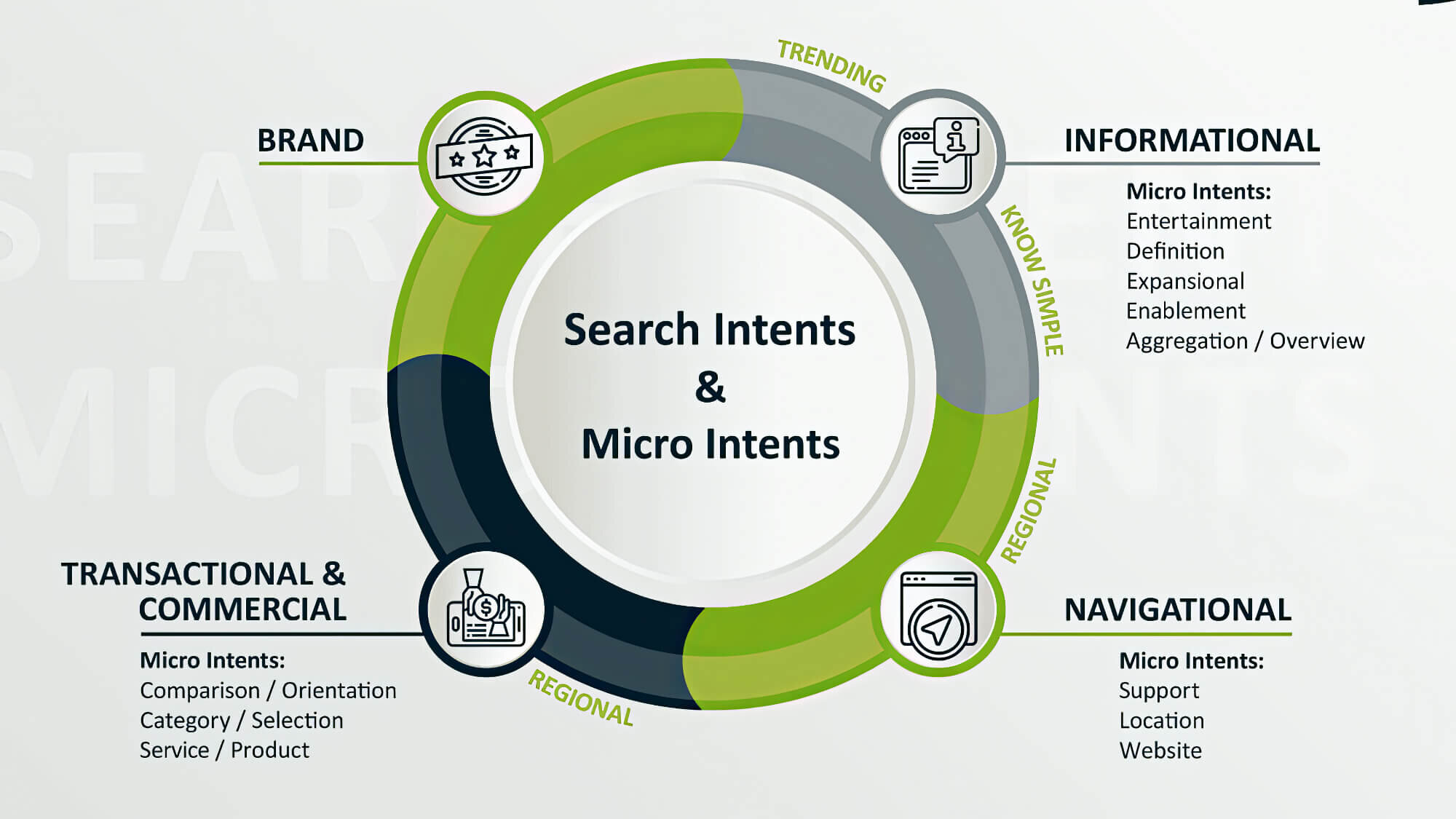
Top search engines, like Google, prioritise websites that deliver superb user experiences. Their algorithms consider several factors, such as bounce rate, time spent on the site, and click-through rate, to determine the overall quality of a website’s user experience. By proactively analysing and improving these metrics, website owners can enhance their platform’s user experience, positively impacting their SEO rankings.
3. How a Strong SEO Strategy Can Attract More Potential Customers and Increase Conversions
If you want to reach more potential customers, having a good SEO strategy will make your website appear higher in search results. Using relevant keywords related to your business can attract qualified leads actively searching for products or services like yours.
Implementing an effective SEO strategy involves the following:
- Conducting thorough keyword research;
- Optimising on-page elements;
- Creating high-quality content;
- Building a solid backlink profile.
Addressing these components will make your website more visible to your target audience, increasing the likelihood of them becoming customers.
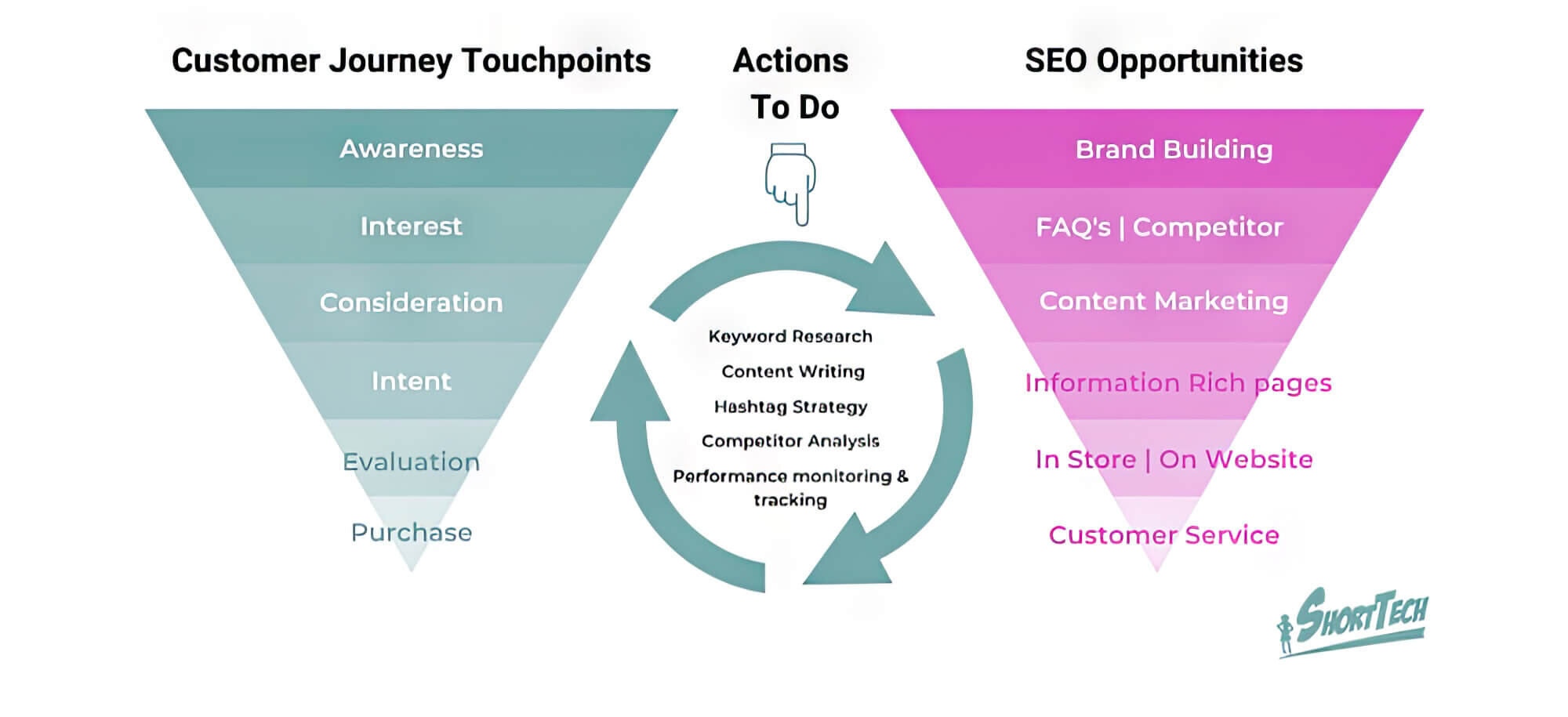
4. Incorporating Targeted Keywords into Your Website Content and Meta Tags
Including targeted keywords in your content and meta tags is crucial for optimising your website for search engines. This involves using relevant keywords in your page titles, headings, URLs, image alt text, and meta descriptions. Doing this signals search engines that your content is relevant to your target keywords. This can improve your rankings and bring more visitors to your website.
In addition to using targeted keywords, it’s also essential to maintain a natural flow in your content. Avoid keyword stuffing, leading to a poor user experience and harming your search engine rankings. Instead, create informative and engaging content that naturally incorporates your target keywords.
5. Improving Site Structure and Navigation
A well-organised site structure is crucial for both SEO and the customer journey. Search engines like Google use site structure to understand and index your content, ultimately impacting your search rankings. Moreover, a logical and intuitive site structure helps users quickly and efficiently find what they’re looking for quickly and efficiently, resulting in a positive user experience.
Here are some tips for optimising site navigation to enhance user experience:
- Clear menu labels: Use concise and descriptive titles for your menu items to help users understand the content and purpose of each page.
- Logical content hierarchy: Organise your content to reflect the natural flow of information, making it easy for users to navigate your site.
- Breadcrumb navigation: Implement breadcrumb navigation to help users understand their current location on your site and easily navigate back to previous pages.
6. How SEO Can Help Optimise Customer Experience and Reduce Negative Reviews
If you want to grow your business, understanding how users interact with your website is crucial to improving your customer journey. Once you understand how customers move throughout your website and how they end up on the page, allowing them to purchase your product and service, you can optimise this path and generate more sales leads. SEO can play a major part in this by allowing you to craft a website that creates the best experience possible for your users.
User reviews can be a powerful tool when auditing your website for SEO effectiveness. One way in which reviews can help your SEO efforts is by pointing out when to improve site speed. A fast-loading website is essential for a positive user experience. If users tell you your site is slow, it can allow you to address it. By optimising your site speed, you’ll reduce bounce rates and ensure that users have a seamless browsing experience.
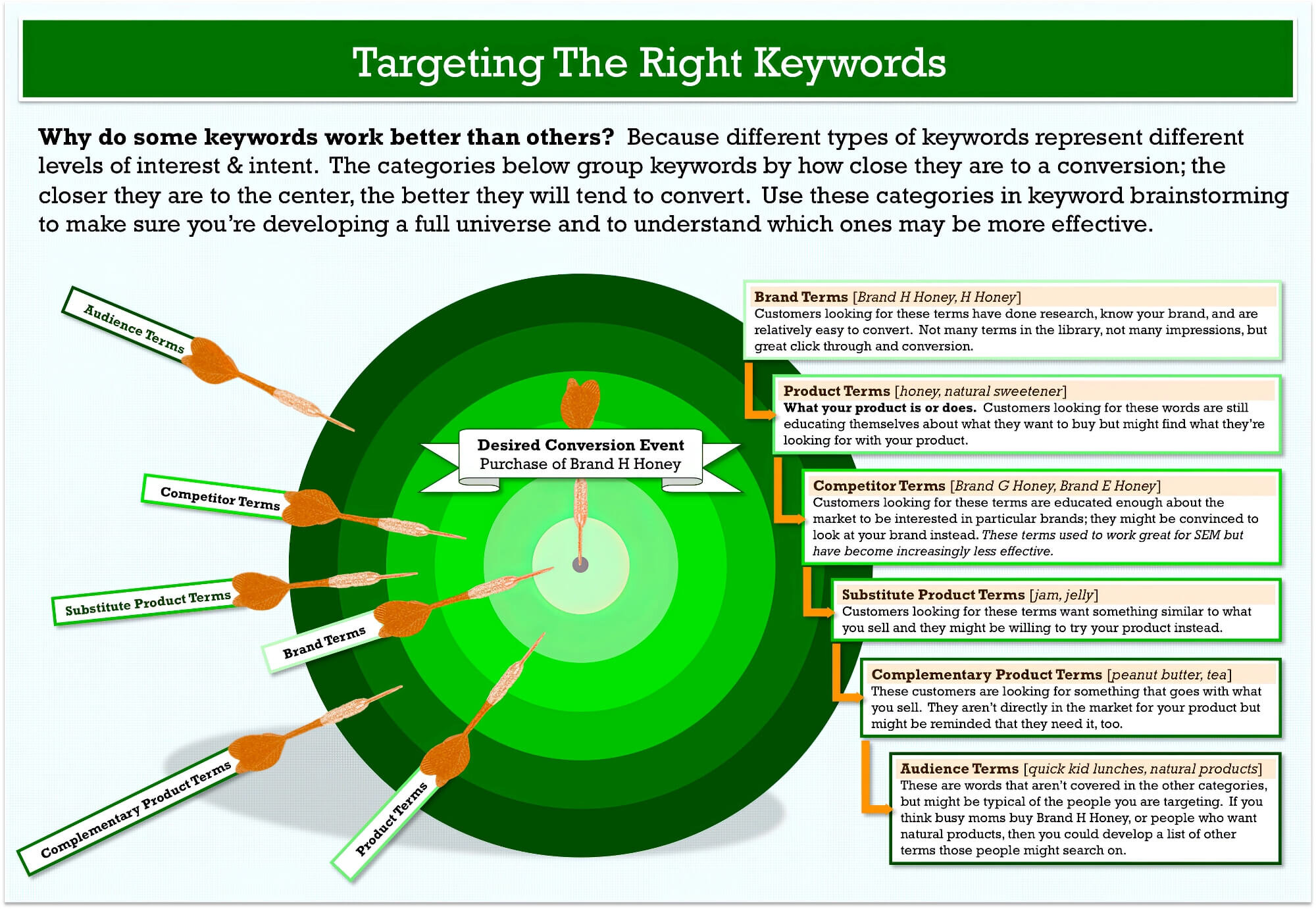
Reviews can also guide your SEO strategies by pinpointing the need for high-quality content. Delivering content that’s informative, engaging, and relevant is crucial for meeting user expectations and building trust with your audience. This approach can foster positive reviews and customer loyalty.
Mobile-friendliness is also a crucial aspect of SEO that directly impacts the user experience. With most web traffic now coming from mobile devices, ensuring your site is optimised for mobile users is essential. Therefore, a mobile-friendly site will improve your SEO and enhance the user experience.
If you are curious about how to build a seamless customer journey from start to finish, consider doing thorough research via focus groups and video technology. For instance, by filming a focus group as they interact with your website, you can use real-time customer reactions and feedback to determine where and how consumers find and engage with your brand online.
7. Monitoring SEO Performance and User Feedback
Once you’ve implemented your SEO strategy, consistently monitoring your performance and user feedback is important. You’ll better understand how effectively your SEO efforts reach your goals by tracking key metrics such as rankings, traffic, and conversions over time.
Tracking Key SEO Metrics for Success
One of the most important SEO metrics to monitor is organic traffic. This metric measures the number of visitors arriving at your site through organic search results. A steady increase in organic traffic indicates that your SEO efforts are paying off, driving more potential customers to your site.
Another crucial metric is the bounce rate. The bounce rate represents the percentage of visitors who leave your site after viewing only one page. A high bounce rate may indicate your content isn’t engaging or relevant to your target audience, signalling the need for further optimisation.
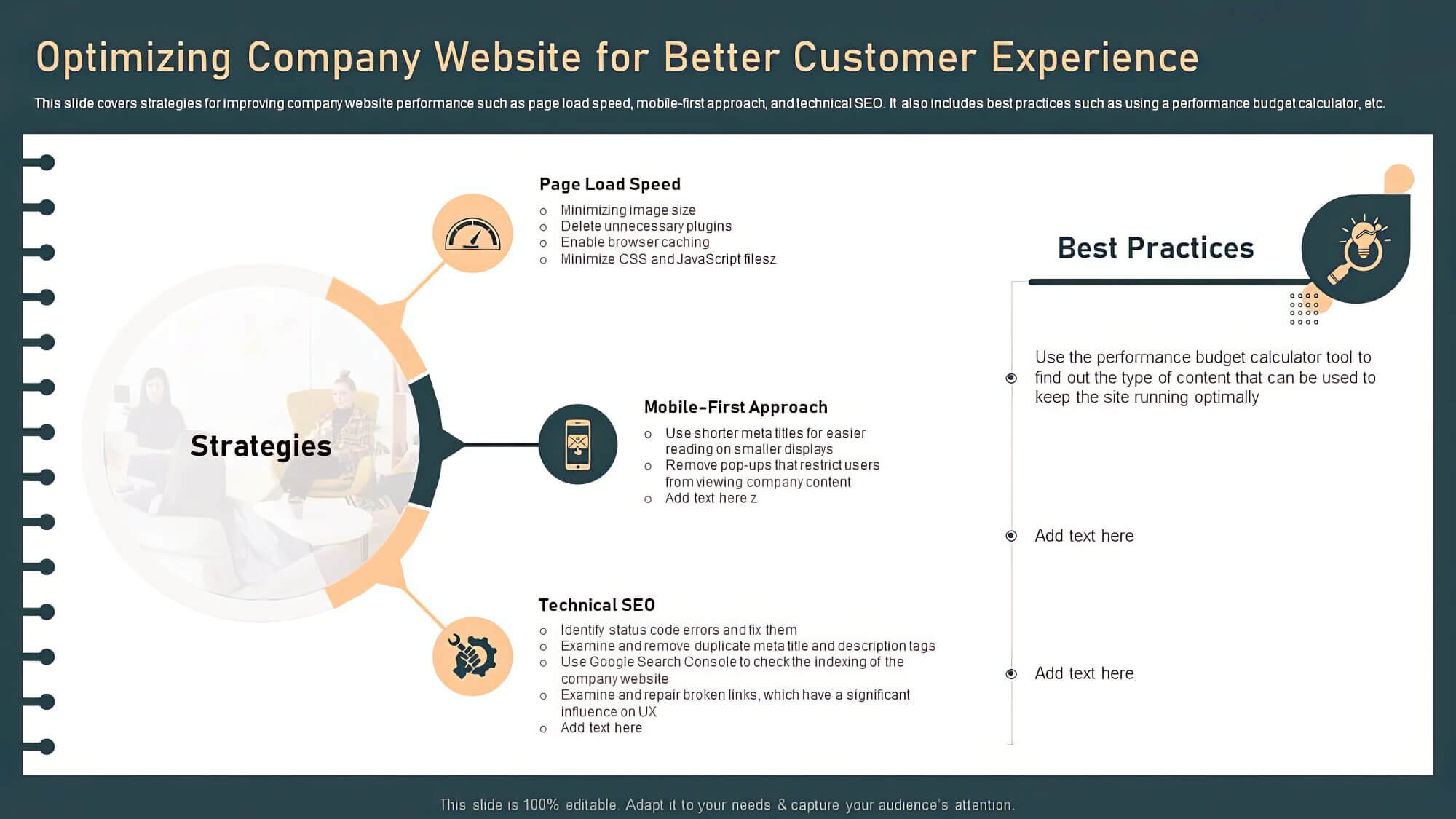
Conversion rates measure the percentage of visitors who complete a desired action on your site, such as purchasing or signing up for a newsletter. By tracking conversion rates, you can assess how effective your SEO efforts are in driving qualified leads and turning them into customers.
Continuous SEO Monitoring and Optimisation
SEO is an ongoing process that necessitates consistent monitoring and optimisation to remain aligned with the constantly evolving search engine algorithms and customer preferences. By regularly analysing the performance of your website and being up-to-date with industry trends, you can make informed decisions that improve the customer journey.
Consider the following best practices for ongoing SEO optimisation:
- Stay current with SEO trends: It’s imperative to stay up-to-date with search engine algorithm updates to maximise your website’s potential for top rankings and visibility among users. Ensure that your SEO tactics are continuously evolving to adapt to these changes.
- Monitor competitors: It is crucial to watch your competitors’ SEO tactics to identify any loopholes in your strategy and leverage growth opportunities.
- Test and iterate: Conduct routine experimentation of diverse SEO approaches to evaluate their influence on your website’s performance. Leverage this evidence to fine-tune your tactics and prioritise the most effective methods for increasing traffic and conversions.
Keep Improving Your Customer Journey
We have explored the crucial role of user feedback in enhancing customer experience in the current competitive business environment. It has emphasised the significance of gathering, analysing, and responding to customer feedback, identifying problematic areas, and strengthening customer loyalty.
The role of usability testing and the various methods of gathering user feedback have been detailed. The article also delved into SEO’s contribution to strengthening customer journeys and drawing potential customers, underlining the need for ongoing SEO performance for successful websites.
The importance of constructive feedback to comprehend customer experiences and tailor a journey that resonates with them has been elaborated. The value of customer insights for personalising offerings, spotting opportunities, improving communication strategies, and making informed business decisions was highlighted.
The different types of usability tests, their roles in gaining insights into customer interactions, and their contribution to enhancing customer satisfaction have also been discussed. Techniques for collecting feedback, such as surveys, interviews, customer reviews, and social media monitoring, were also elaborated.
The role of SEO in the customer journey has been emphasised, focusing on the importance of a strong online presence and search engine optimisation for attracting potential customers.
Hopefully, this comprehensive overview of how user feedback and effective SEO strategies can improve customer experience. By incorporating these strategies, businesses can stay ahead of the competition and succeed in today’s digital environment. Keep upgrading your customer journey with sitecentre® for increased leads and sales conversions.

